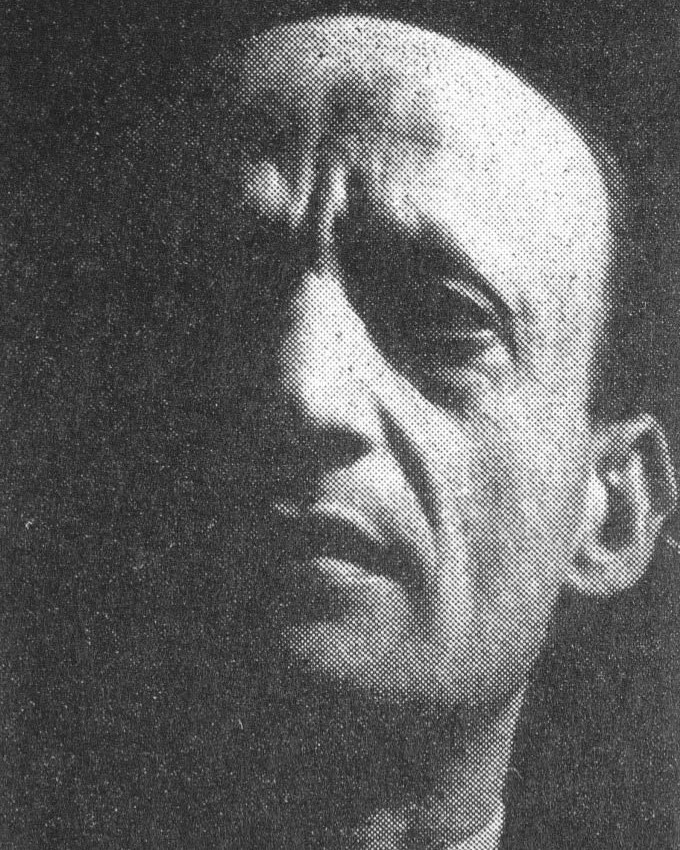Georges MERKEL
January 3, 2019Grégoire MICHONZE
January 3, 2019Béla MESZOLY
BUDAPEST 1889 – DEPORTED 1942
Béla Meszoly was ten years old when his father died, leaving his wife alone with ten children. Béla’s mother wanted her son to be a civil servant, but he dreamed of becoming a painter. His drawing teacher encouraged him to adopt this career path. At the age of eighteen, Béla Meszoly left for Munich, where he studied at the School of Fine Arts. In 1912, he exhibited his work in Budapest for the first time. When World War I broke out, Meszoly was enlisted in the Austrian army. He stopped his service on the front as he was wounded. During the interwar period, he visited Europe and settled in Paris, in Belleville. He exhibited his paintings in Nice, London, Amsterdam, Prague, and Paris. On September 28, 1942, Béla Meszoly was deported on convoy number 38. He was murdered by the Nazis.
Stories of Jewish Artists of the School of Paris 1905-1939
FRENCH-ENGLISH
Capitale des arts, le Paris des années 1905-1939 attire les artistes du monde entier. De cette période de foisonnement, un terme est resté, celui d'Ecole de Paris, qui recouvre une grande diversité d'expression artistique. Dans ce brassage dont Montparnasse est le creuset, un groupe se distingue : celui des artistes juifs venus de Russie, de Pologne et d'Europe centrale. Si leurs styles sont variés, un destin commun les rassemble : ils fuient l'antisémitisme de leur pays d'origine. Certains ont connu la célébrité dès les années 1920, tels Soutine, Lipchitz ou Chagall. D'autres n'ont pas eu le temps ou la chance d'y accéder. Près de la moitié a péri dans les camps de concentration nazis.
From 1905 to 1939, Paris attracted artists from all over the globe as the capital of the art world. This period of artistic proliferation became known as the School of Paris, and includes a great diversity of artistic expression. Within the teeming art world centred on Montparnasse, one group set itself apart: Jewish artists from Russia, Poland, and Central Europe. Although their styles were diverse, they shared the common fate of fleeing anti-Semitic persecutions in their home countries. Some became famous in the 1920s, such as Soutine, Lipchitz, and Chagall, while others did not have the time or the luck to gain renown. Nearly half of these artists died in Nazi concentration camps.





